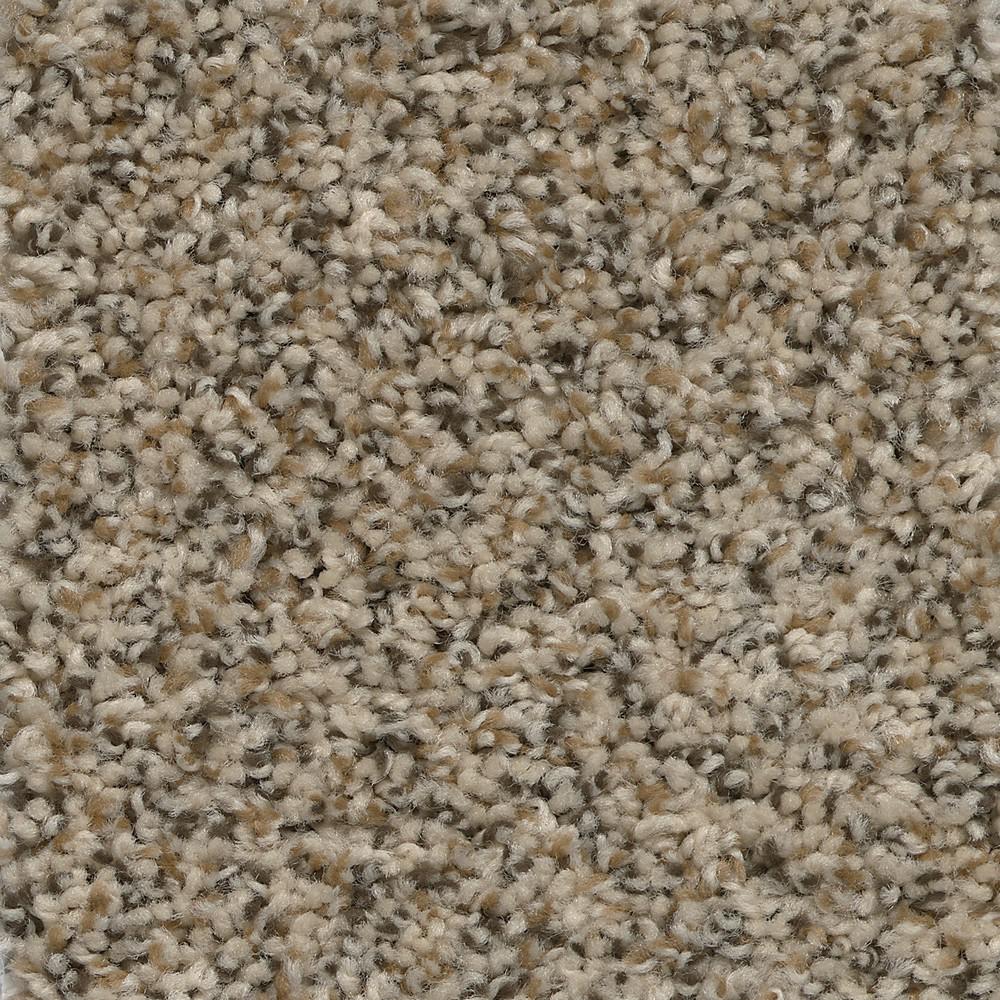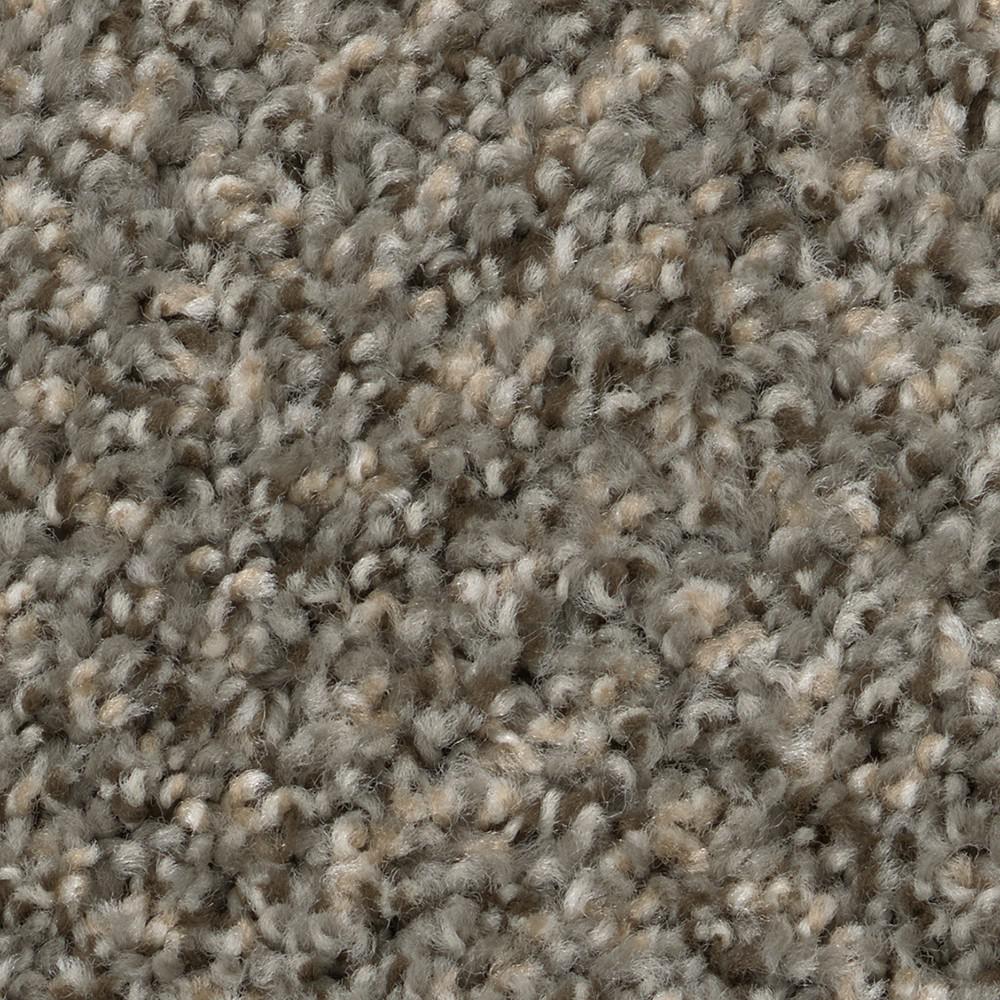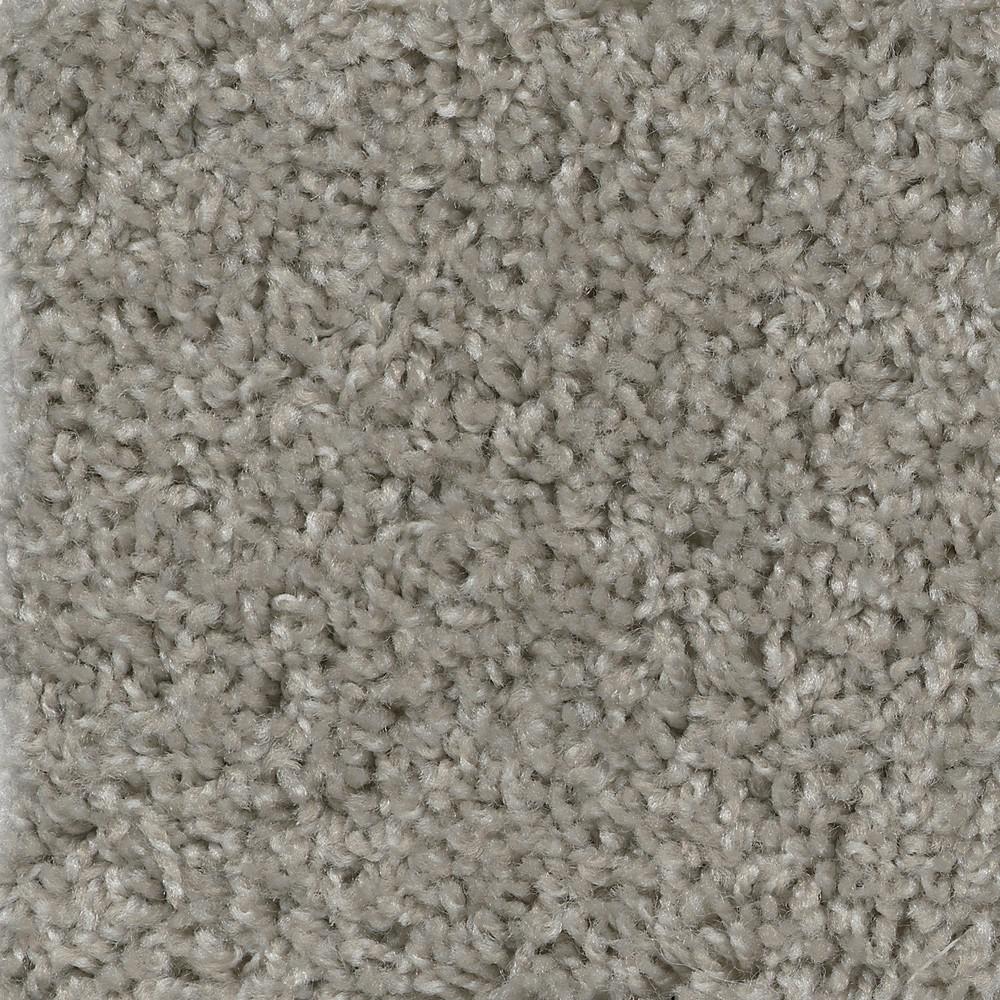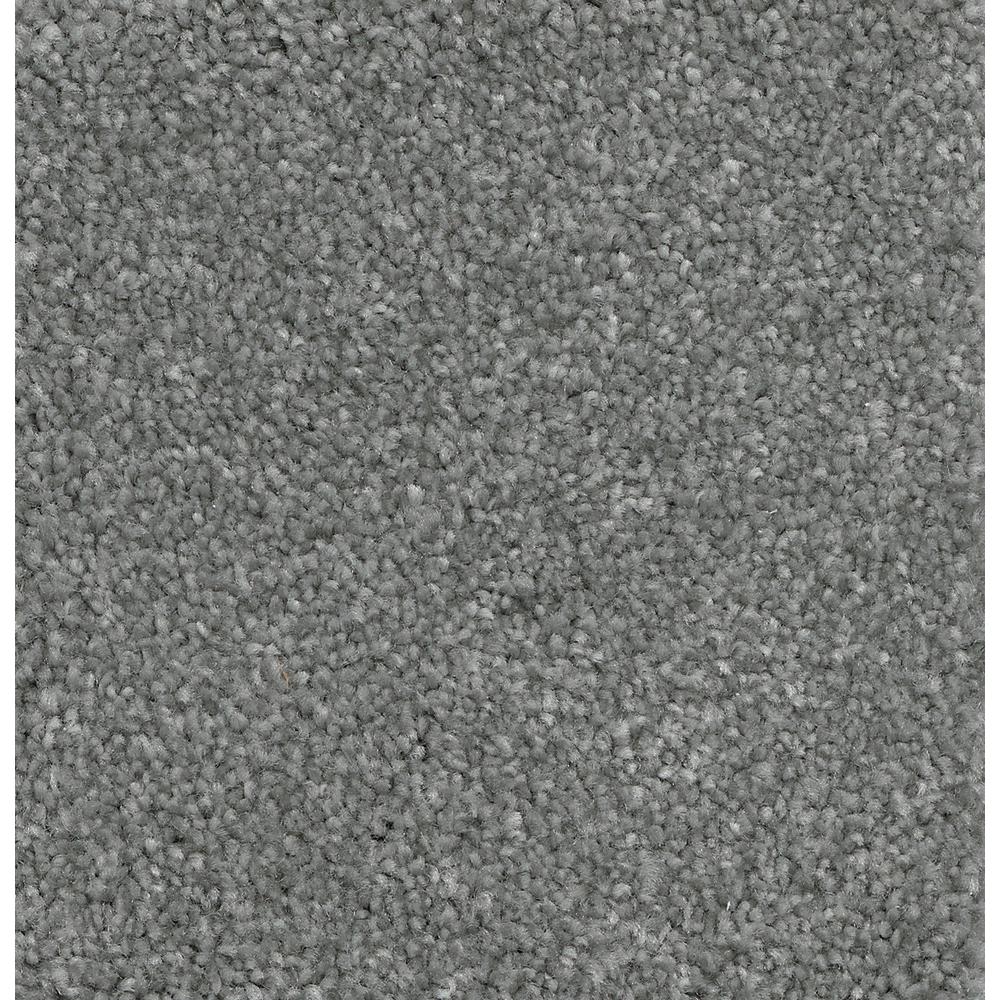5 32 Gauge Carpet

Juanmonino e getty images.
5 32 gauge carpet. Carpet tufting having been commercialised in the usa in the 1940s is a relatively. When comparing similar quality carpets side by side you must consider the tuft twist rating to help you determine which carpet is the better choice. Twist is the number of twists in the yarn per inch. So a 1 10 gauge carpet with 10 stitches per inch means there are 100 stitches in one square inch of the carpet.
Once you ve decided on the style and type of carpet fiber you can then check the fiber density of your carpet to gauge. Carpet rule 2. The higher this number the denser the carpet. We can now use rule 2 to determine the face weight in ounces.
For example a 1 8 gauge carpet has eight tuft rows per inch of width and a 1 10 gauge carpet has 10 rows per inch of width. Appearance is an aesthetic choice while texture retention is a performance issue. Extra heavy traffic conditions require a density of 5 000 or more. Unfortunately face weight has been so heavily marketed that many consumers are given the impression that it is the best way to determine a carpet s durability.
In tufted carpet gauge or the reciprocal of the number of tuft rows per inch of width is a major density factor. Product length 8 7 in. Density x pile height 36 face weight e g 2160 x 0 50 36 30 in this example what we know is that the pile density is 2160 and the pile height is 0 5 one half inch. Working pressure psi 70 to 110 psi magazine angle 90 ca residents warning prop 65 info.
Carpet face weight is the weight of the carpet pile per square yard of carpet measured in ounces. Shipping weight 2 65 lb. For this reason a carpet with a higher tuft twist 5 5 to 7 5 will retain its like new appearance longer and tolerate a higher level of foot traffic. For example a 1 8 gauge carpet has eight tuft rows per inch of width and a 5 32 gauge carpet has 6 4 rows per.
The gauge of a machine does not change but the stitch rate can. You get it now. When comparing density look at the whole picture. You can have a carpet with virtually no twist or one with 5 twists.
For example a 1 8 gauge carpet has eight tuft rows per inch of width and a 5 32 gauge carpet has 6 4 rows per inch of width. However the two areas are closely related. Carpet rule 3. Gauge 20 product height 5 75 in.
The most well known and widely copied carpet rating systems is the one designed by shaw floors which rates carpet performance from 1 to 5 with a 5 being the best rated carpet for performance under heavy duty testing. Gauge tufting would not have been feasible without such developments. Product width 1 7 in.



















